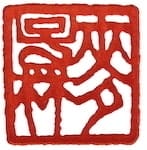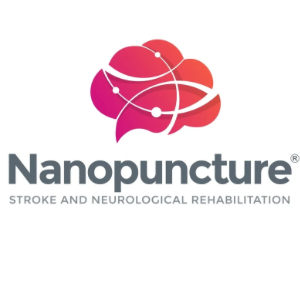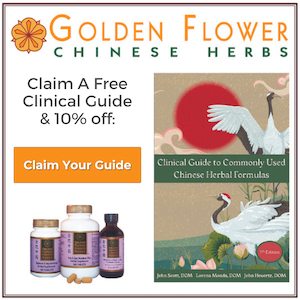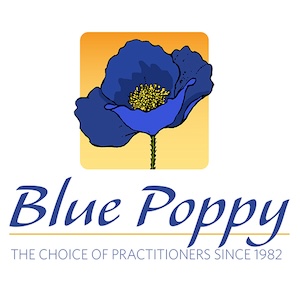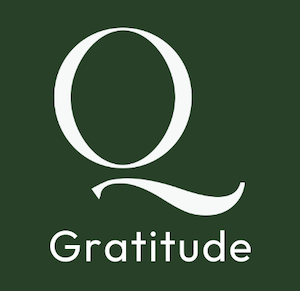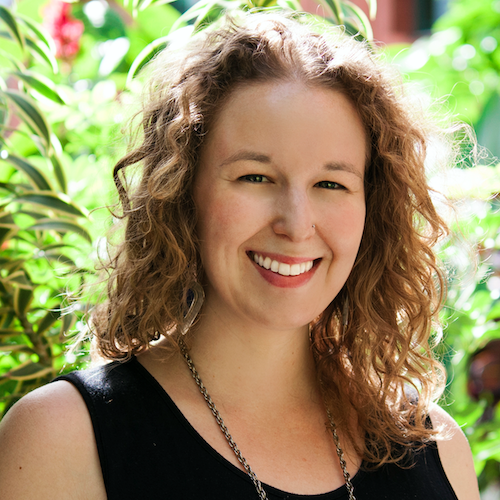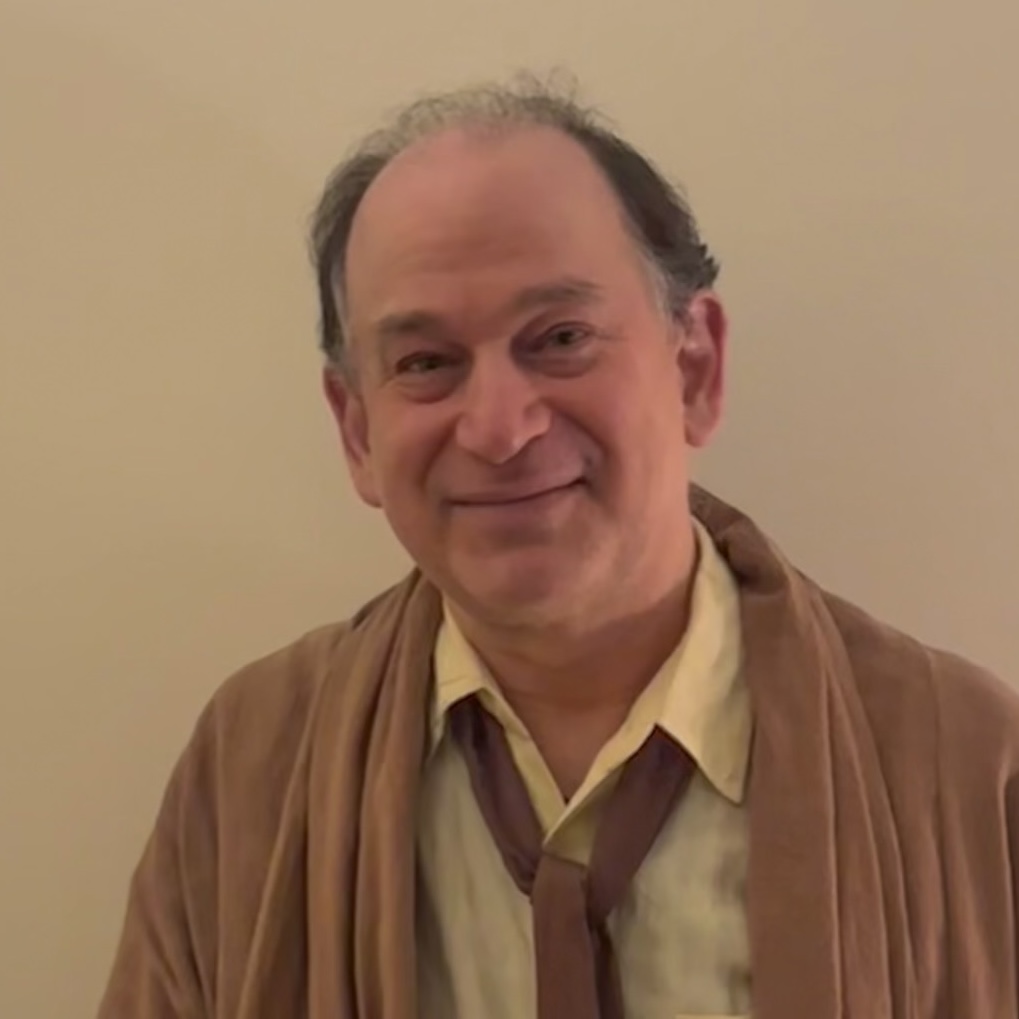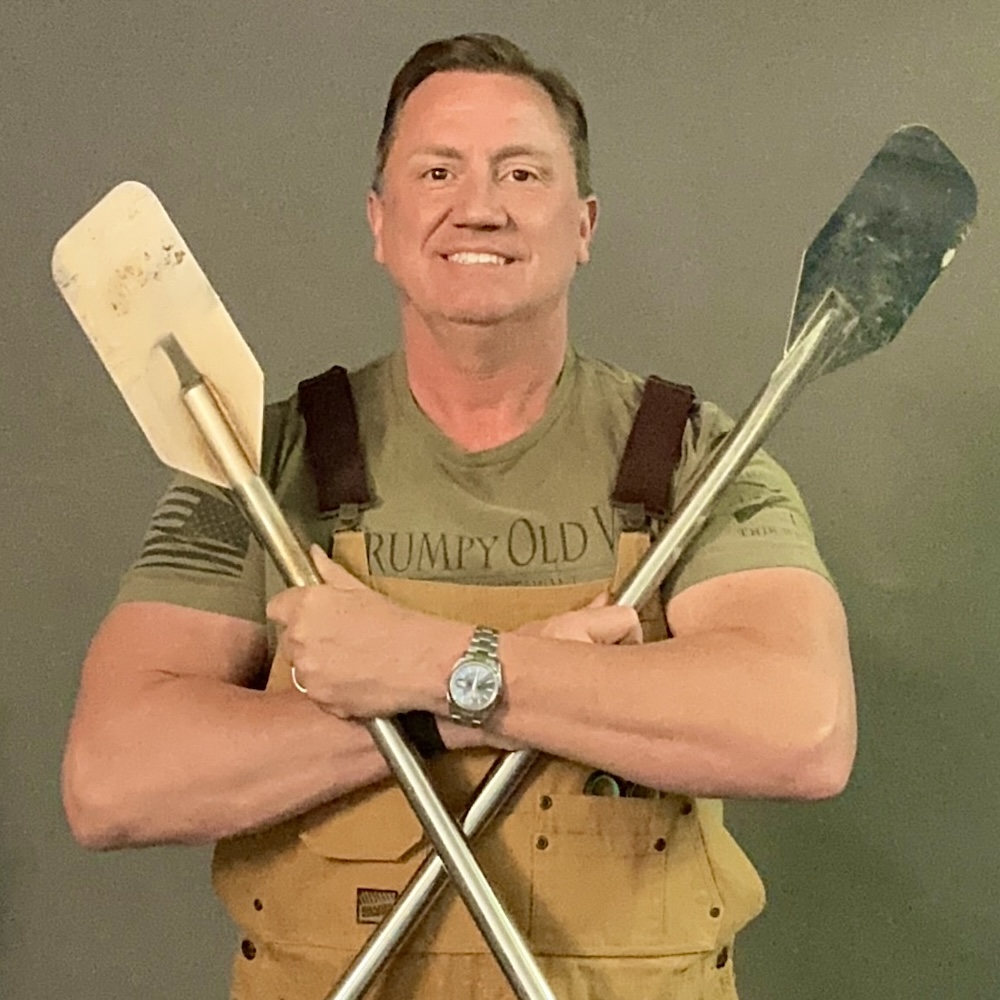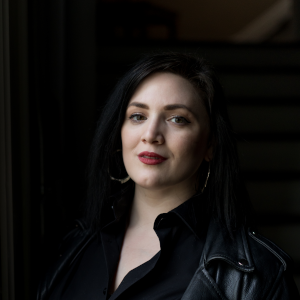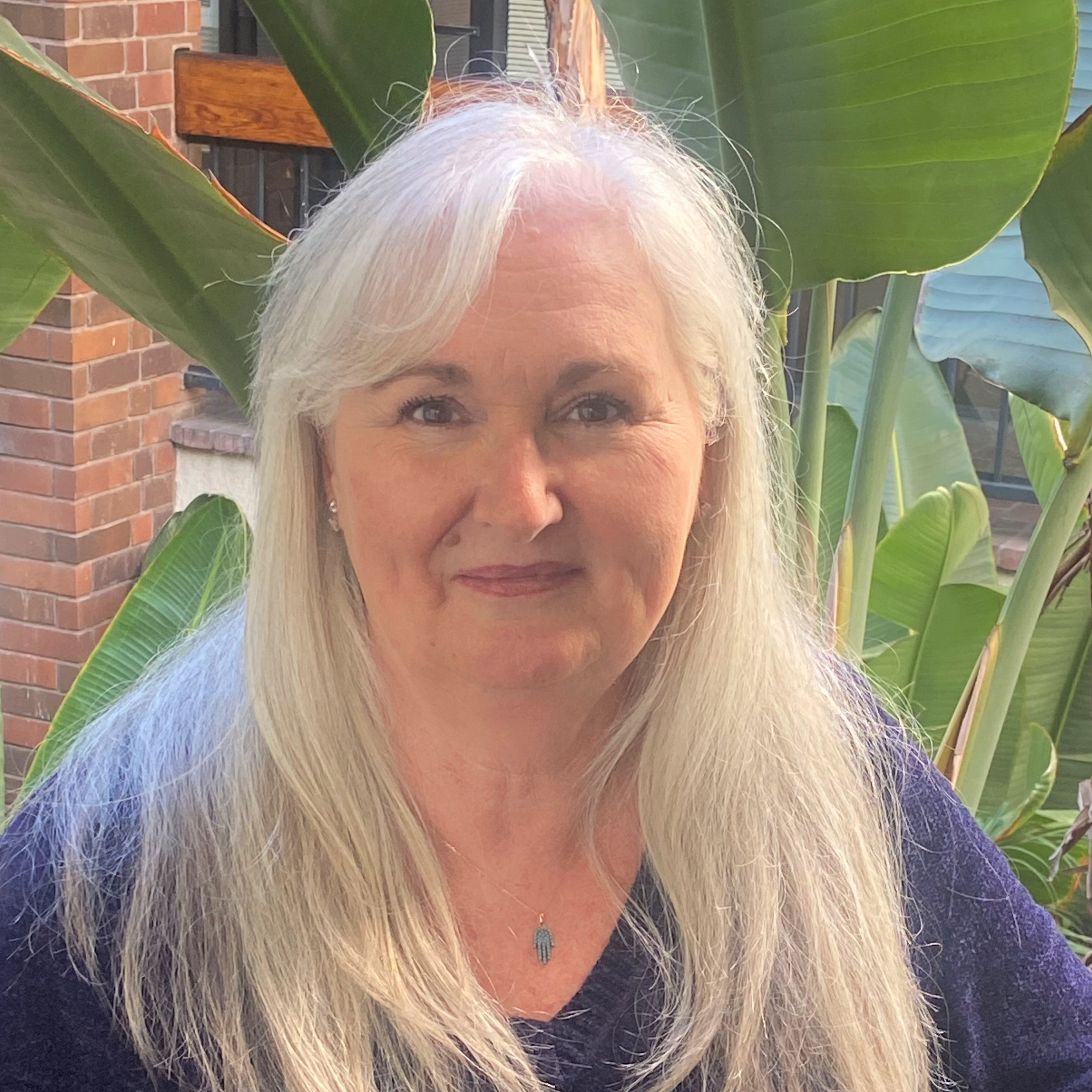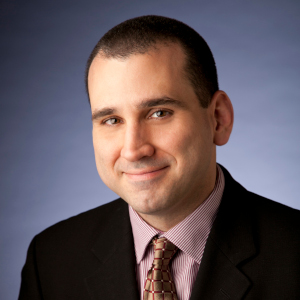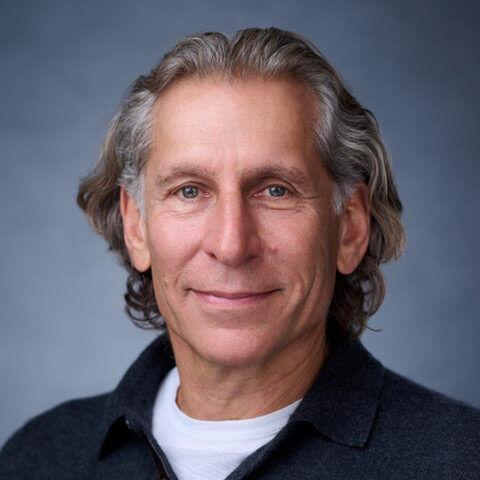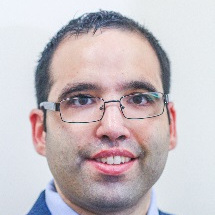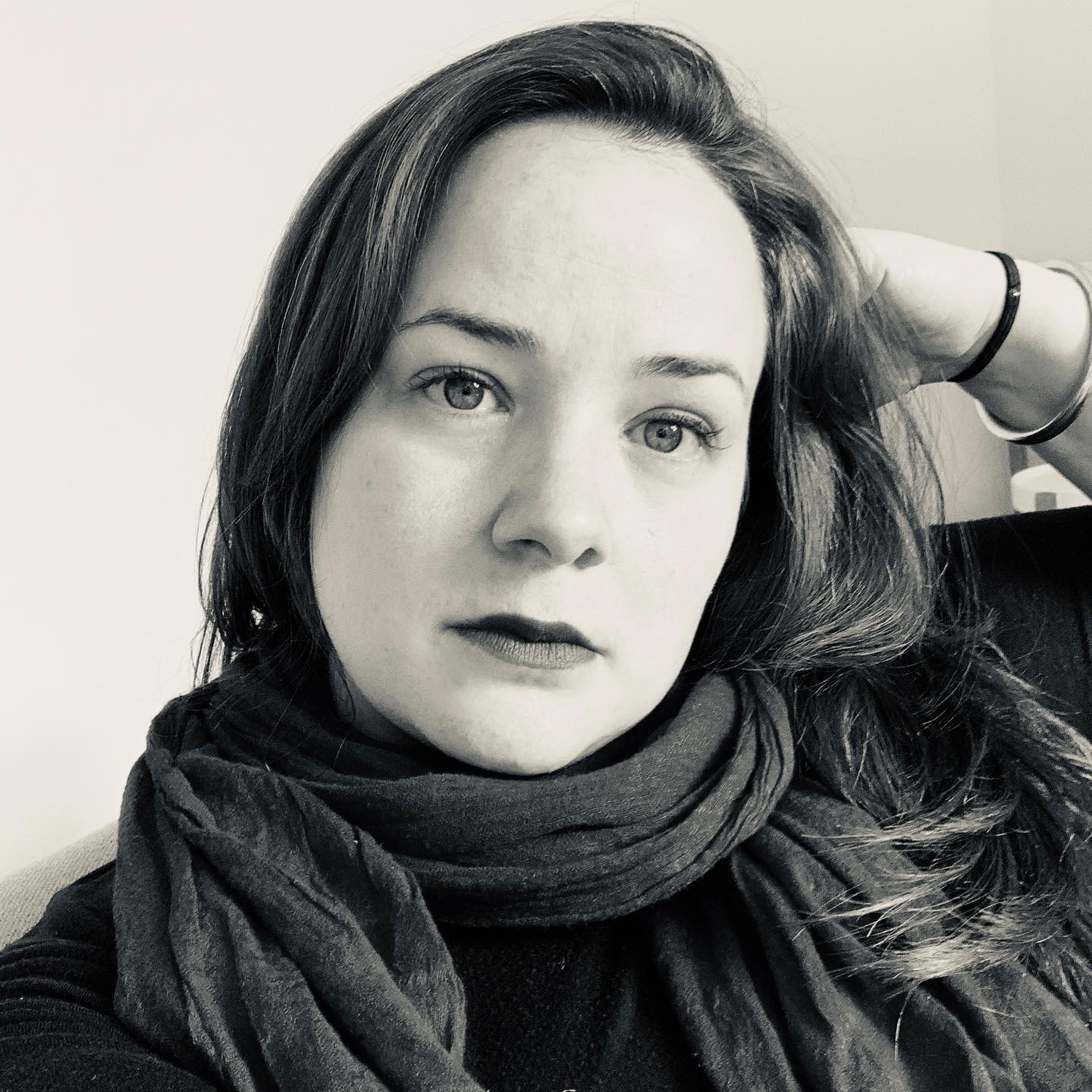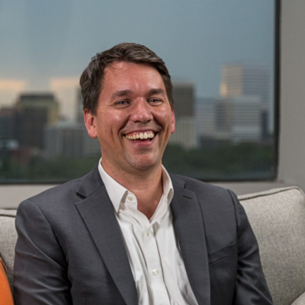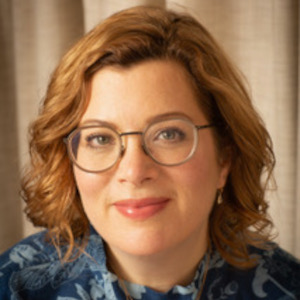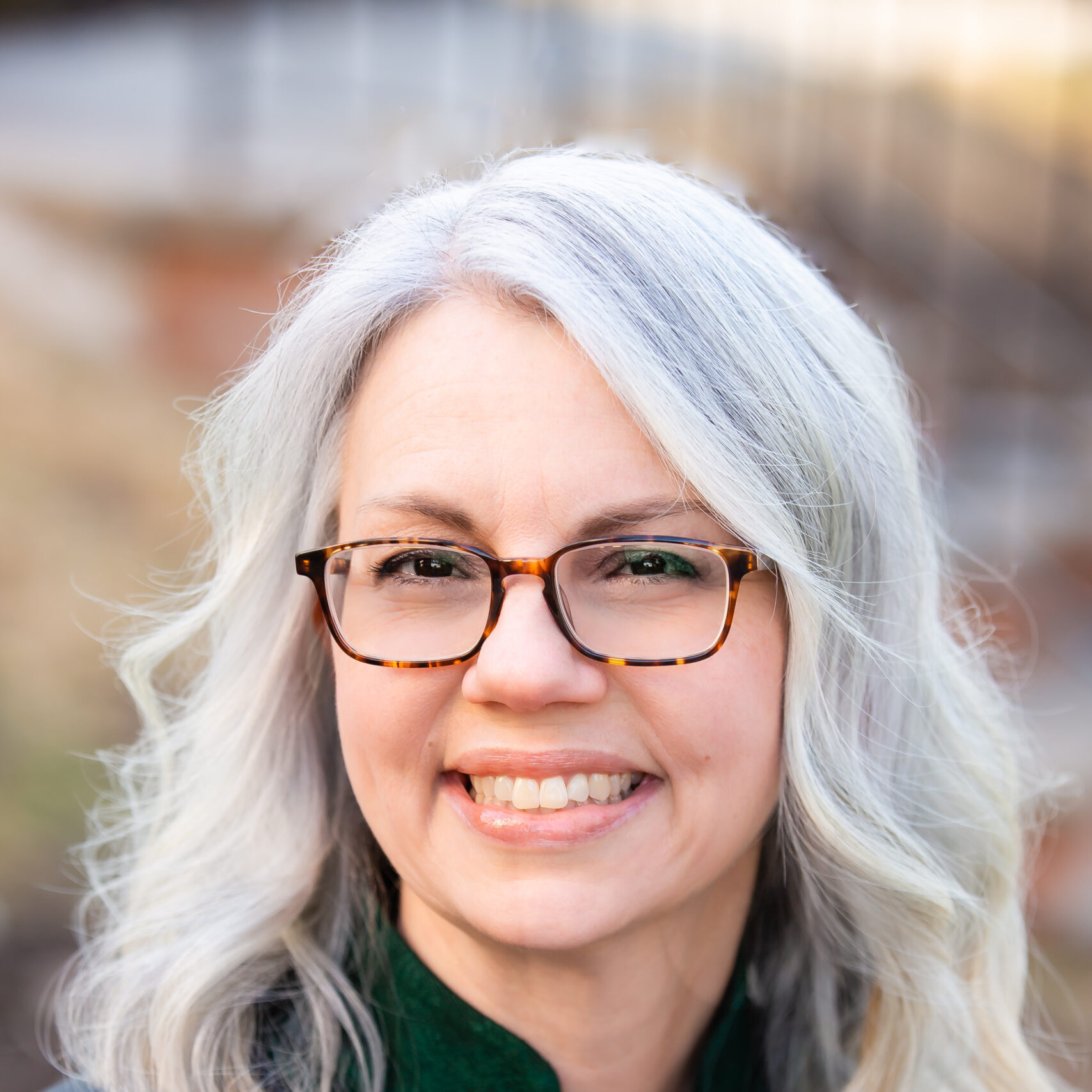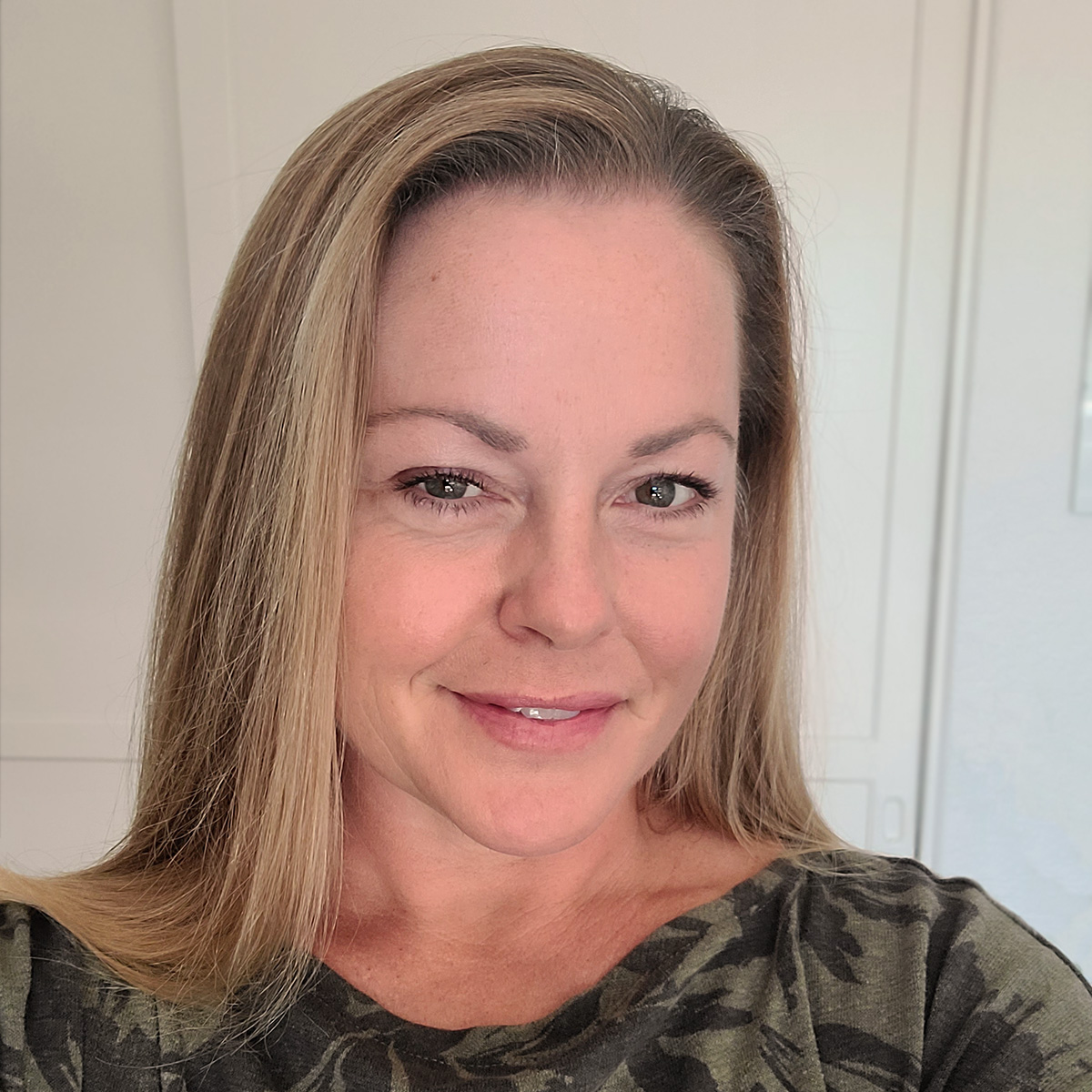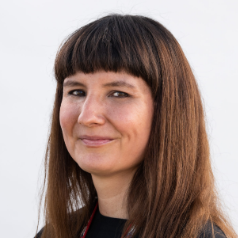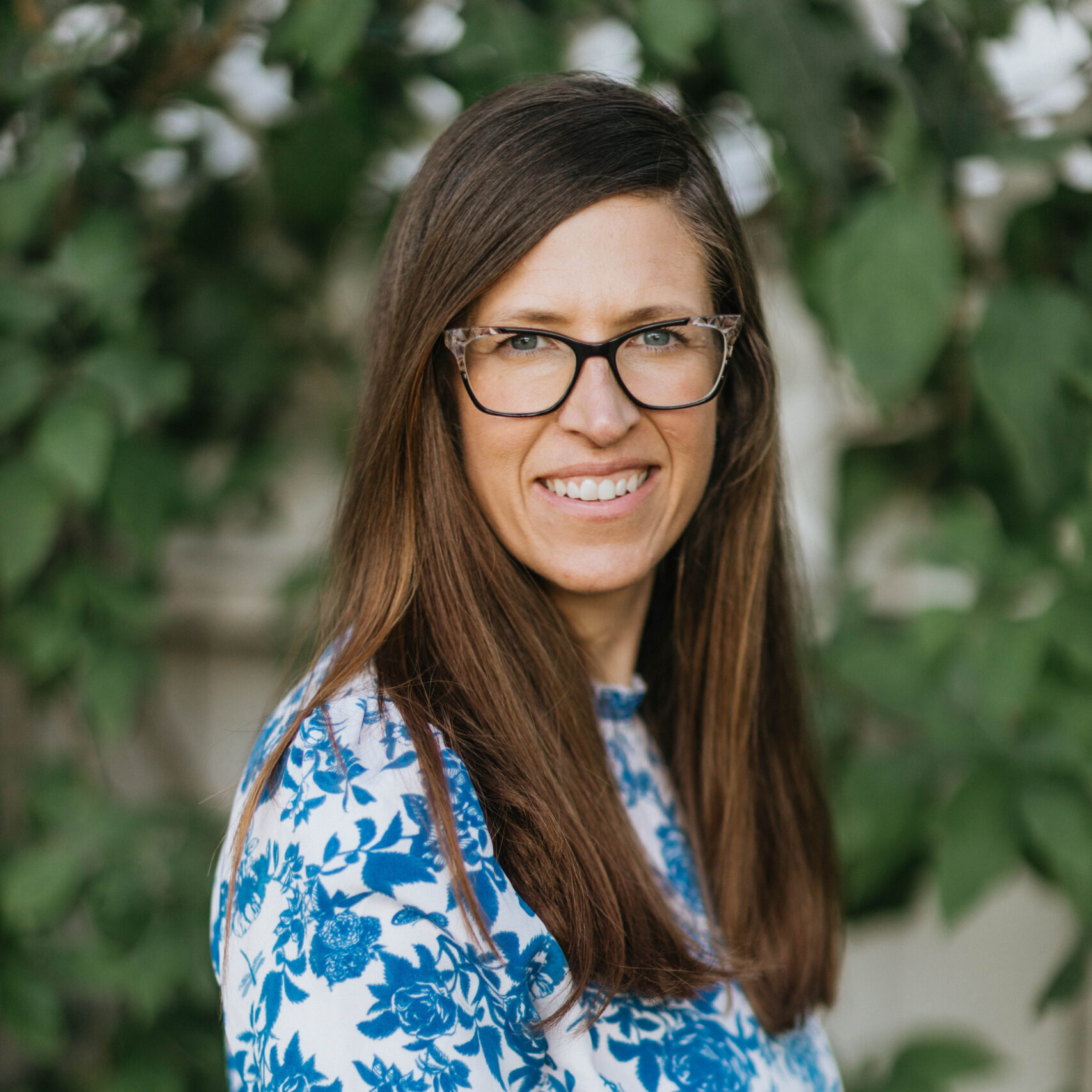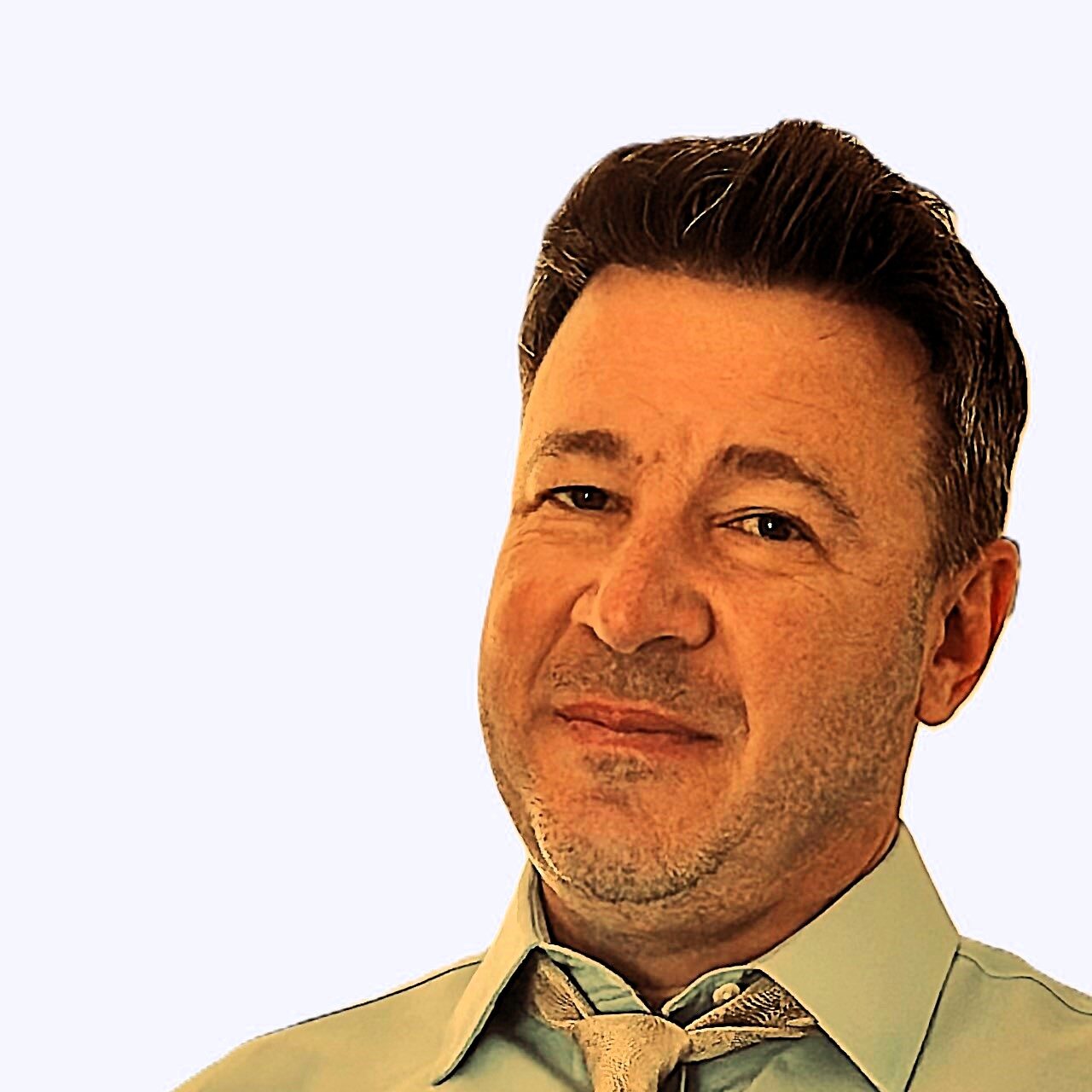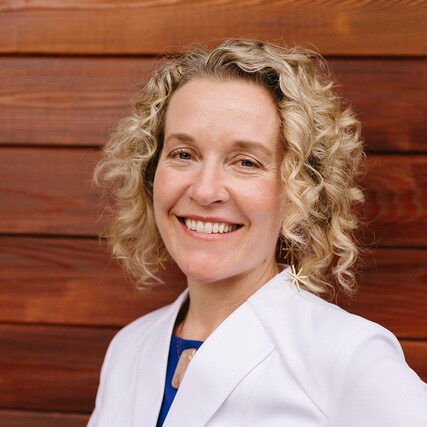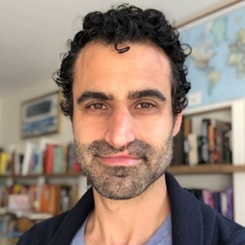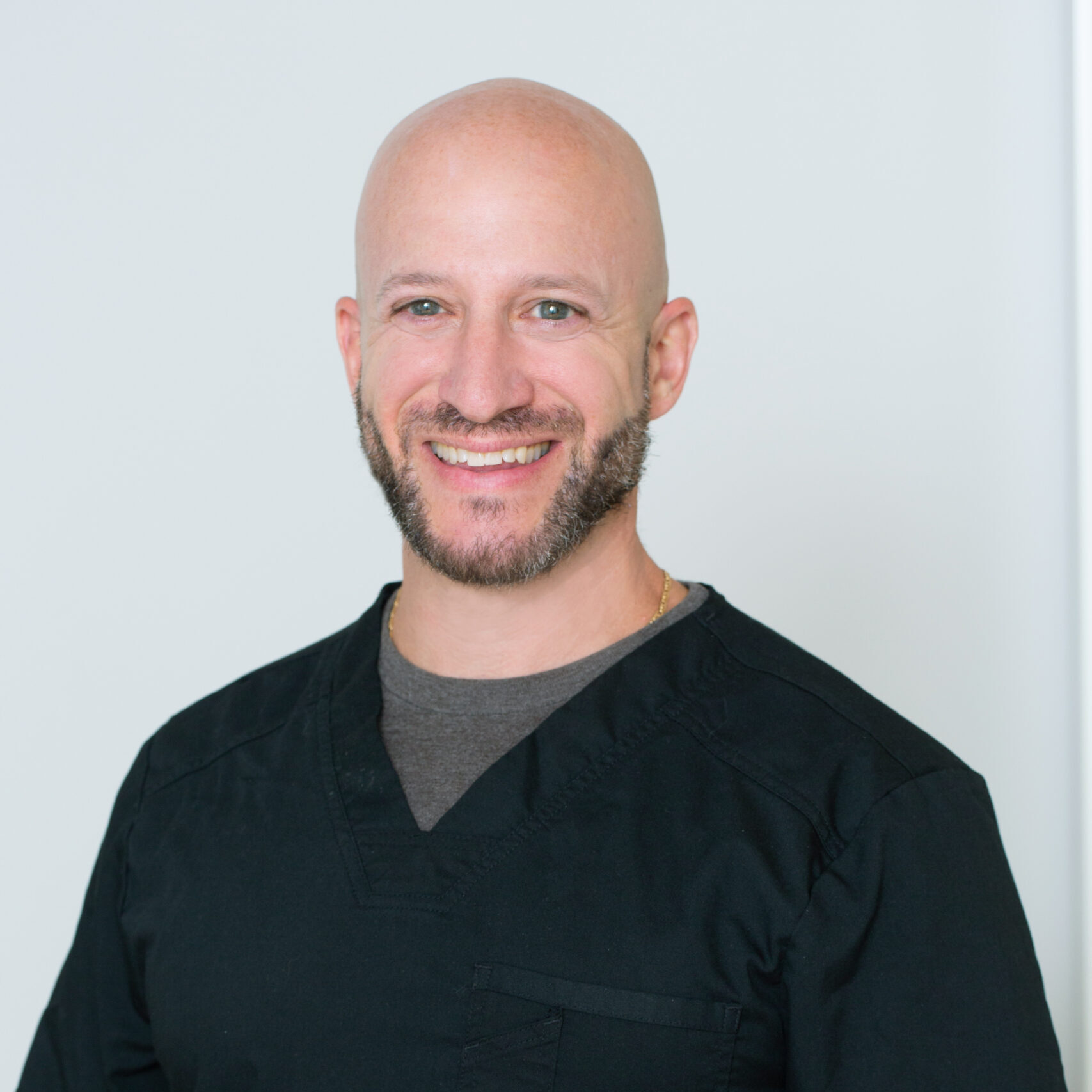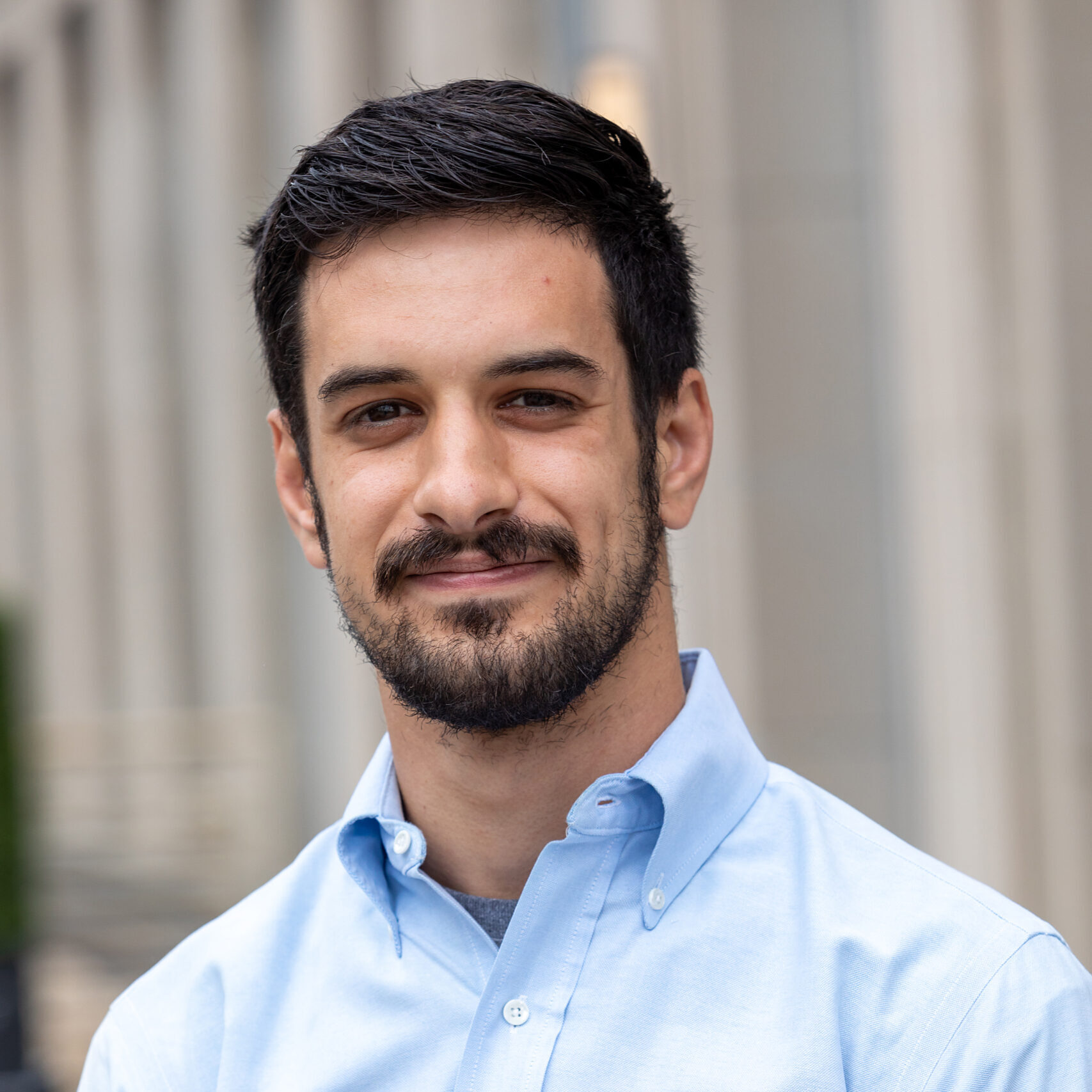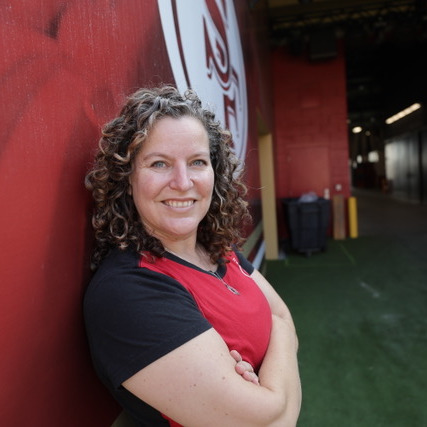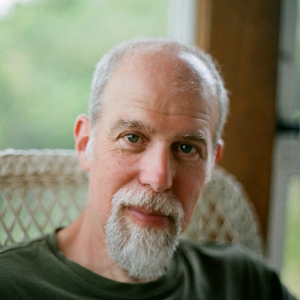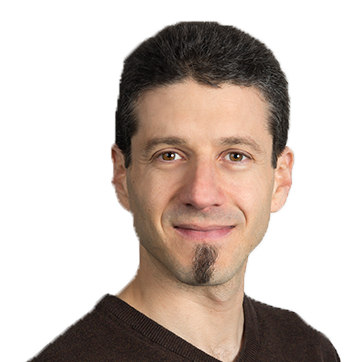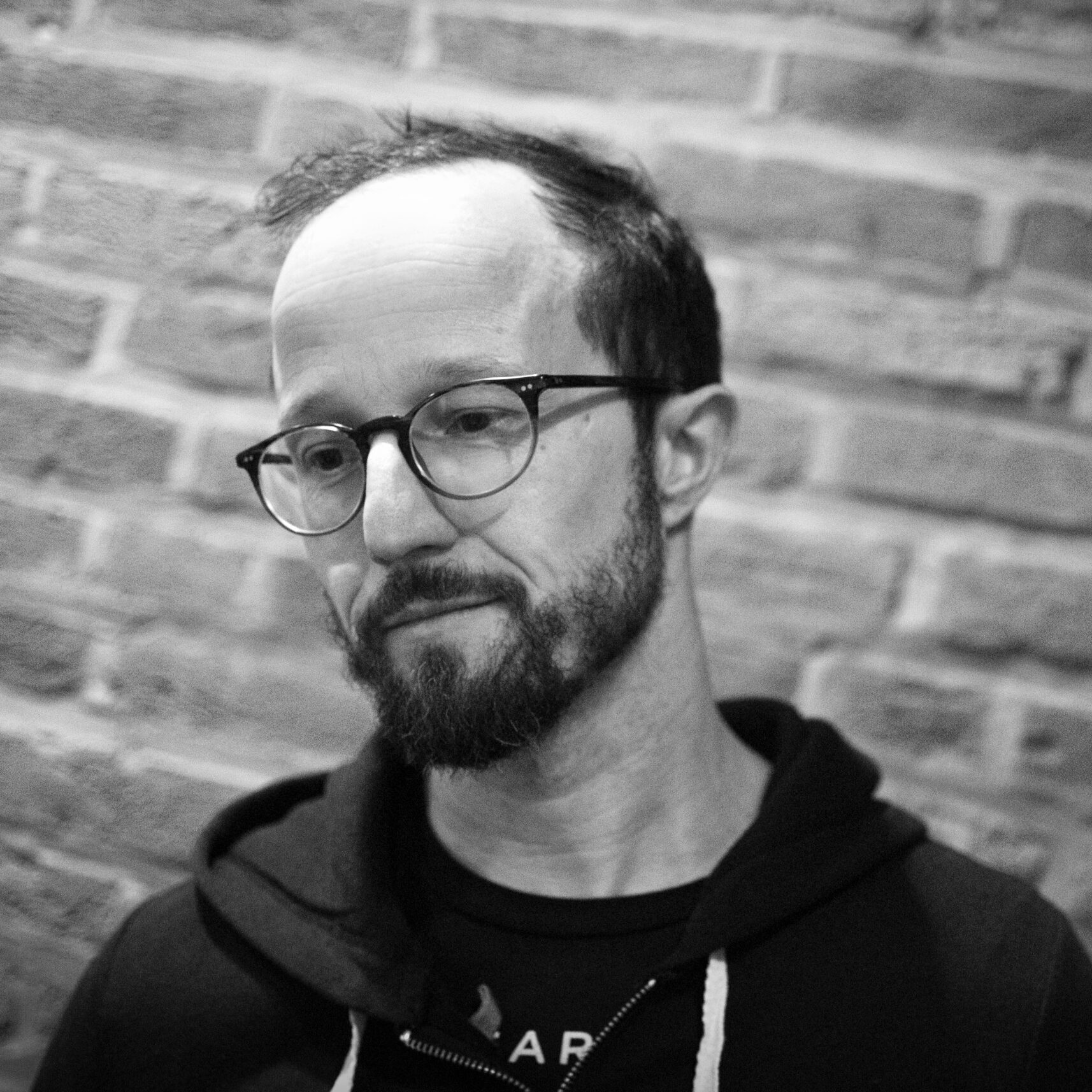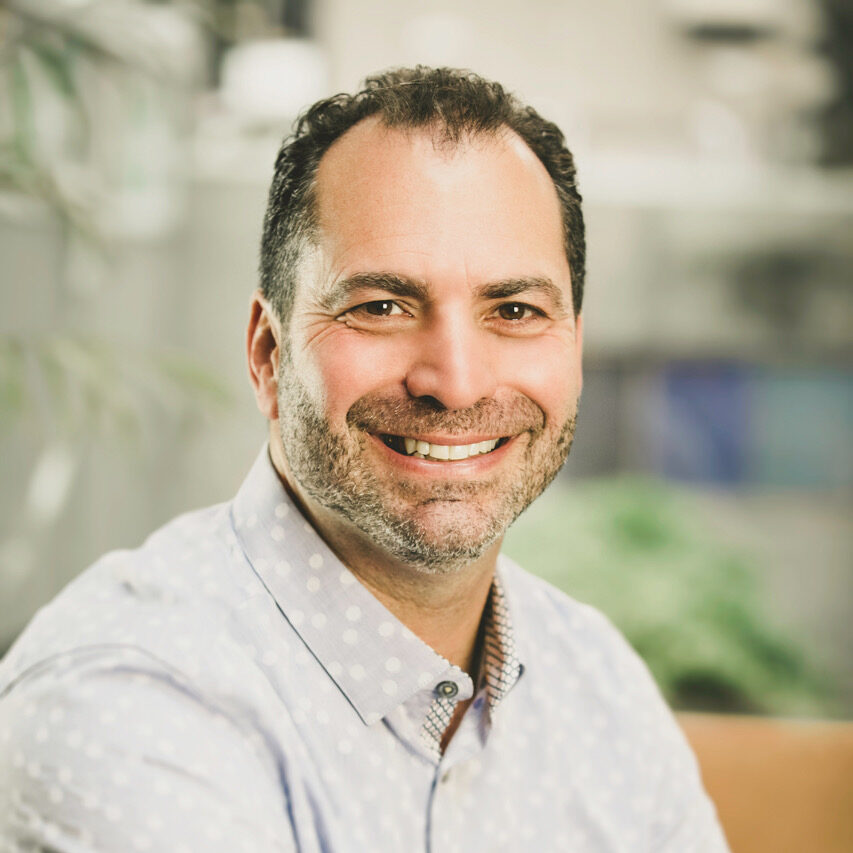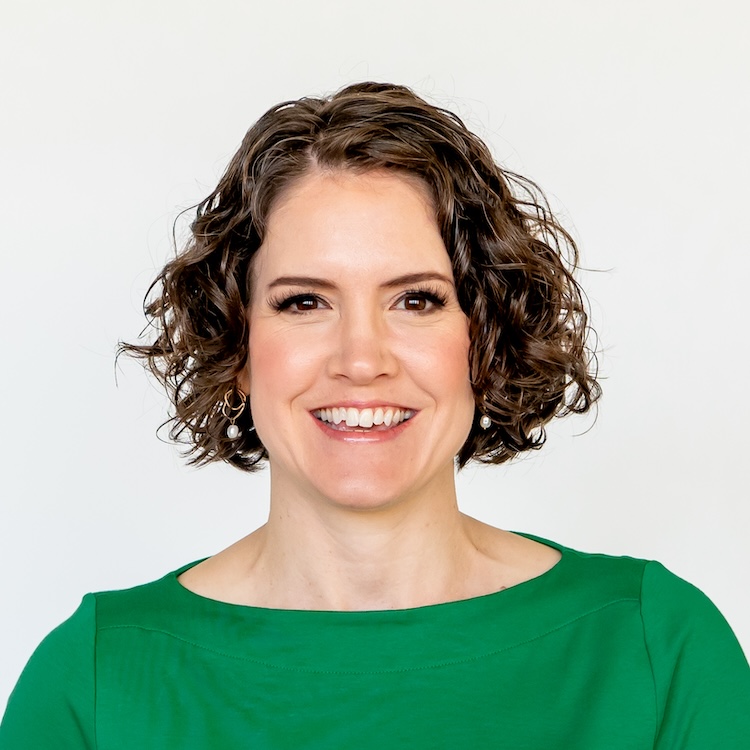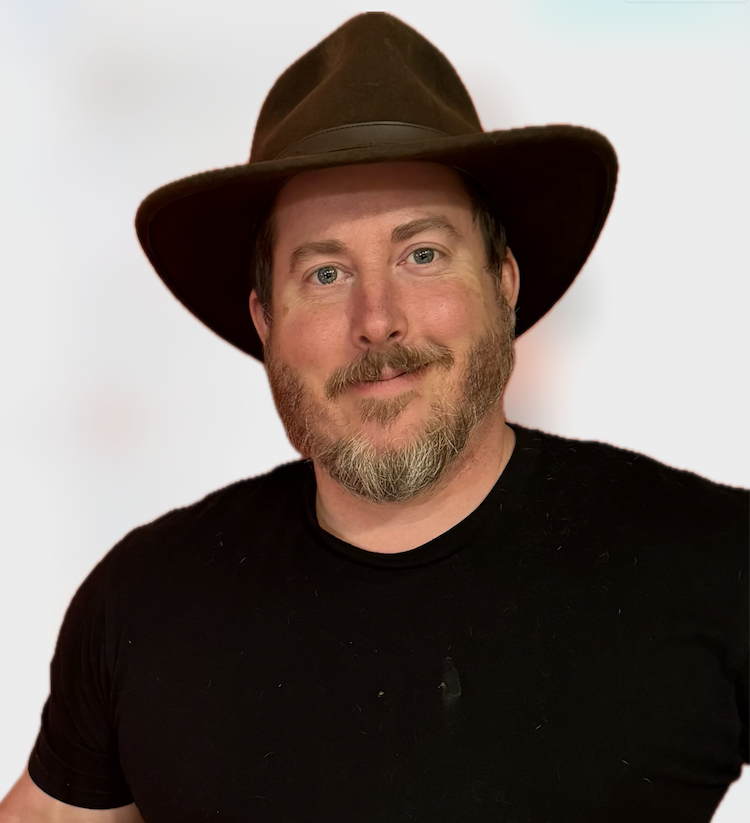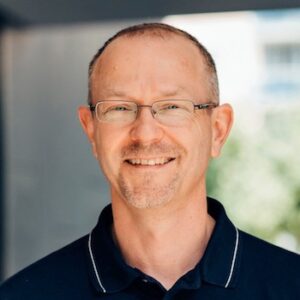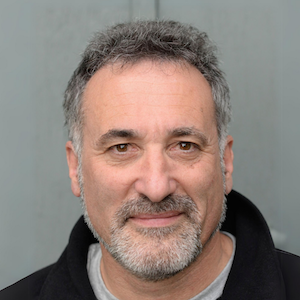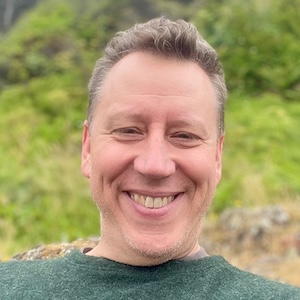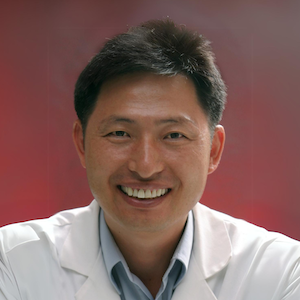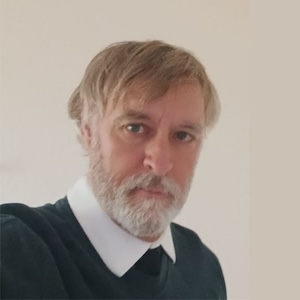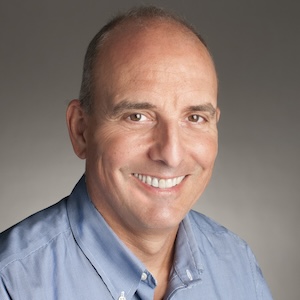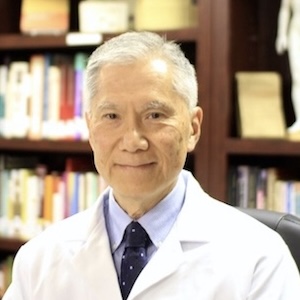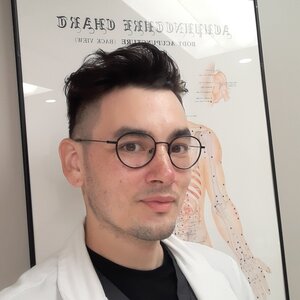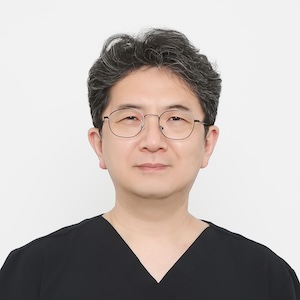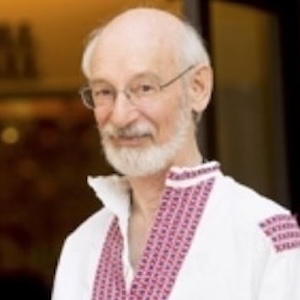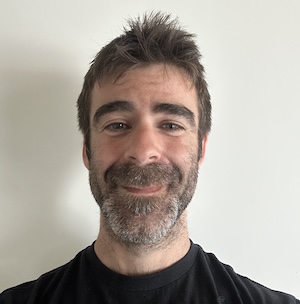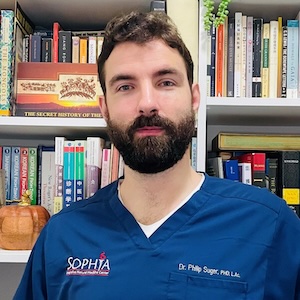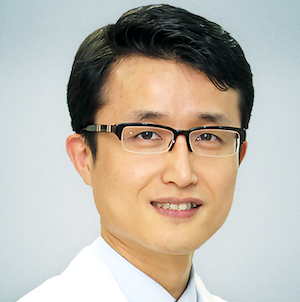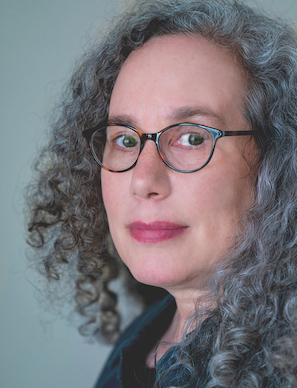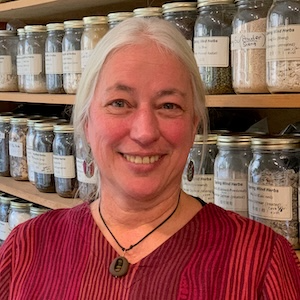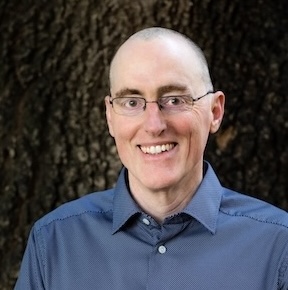The way we make sense of structure helps us to understand function. Drawing lines and divisions helps us to understand parts. But a keen understanding of the parts does not always help us to see the whole of the functioning of those parts.
The anatomy of qi gives us a kind of bi-ocular view of function and form. It helps us to understand a system, even as we are part of that system. And it invites our western minds, which have been cultivated on carving the world into pieces, to glimpse the unity of those parts.
Listen in to this conversation on qi anatomy, Daoism and the influences of pre and post heaven influences.
In This Conversation We Discuss:
- The elegance of channel interactions in Saam Acupuncture
- Micro system don’t work on channel theory, they work on resonance
- There are channels, but there are also “fields”
- The rational mind does not see integration, it sees divisions
- Non-rational is not the same irrational
- Thoughts on the pulse
- Blood is expansive, Qi is containing, using SP6 to expand the blood pulse
- Cultivating the non-rational
- Pre and Post Heaven micro-cosmic orbits
- What set Brenda off on the path of Chinese medicine
- The rift between academic and folk Chinese medicine
- Qi anatomy
- Daoist practices to reactivate pre-heaven influences in the body
- Be careful not to take the opinions of experts as truth
- Discovering the empty space between words
- Staying present with the discomfort of having things not go the way you expect in clinic
- The way the Classics speak to us in different ways as we deepen our experience
Use acupressure and the pulse to determine if a particular acupuncture point will be useful in a given treatment.
For example: as the right pulse reflects Qi and the left pulse reflects Blood; determine if one side is:
1. Stronger than the other (in which case draining/dispersing is called for) or
2. One side is weaker than the other (in which case, tonification/supplementation is required)If you finder that the left pulse is weaker than the right, start by using acupressure on SP 6; if it strengthens the left pulse, use a needle to tonify the point bilaterally.
If SP 6 doesn’t strengthen the pulse, check SP 10; if that doesn’t work, check Sea of Blood points in the following order, ST 37, ST 39, and UB 11.
Just balancing the pulse left and right can be a treatment in and of itself; patients find it extremely relaxing and usually fall asleep.
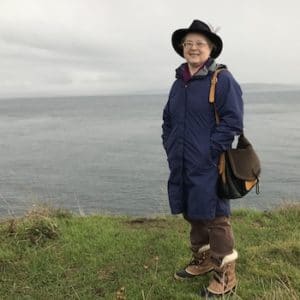 Brenda Hood Ph.D, L.Ac
Brenda Hood Ph.D, L.Ac
I was born and raised in Peace River, Canada. Then wound up going to China to study Chinese medicine after I became disillusioned with a degree in psychology. I spent over twenty years there being completely enamored with the medicine and acquiring a few degrees. After returning to North America spent some years teaching Foundations of CM and other basic courses at NUNM. I’m back up in Canada now working on a foundations book to explain the energetic and philosophical bases of the medicine with an eye to using the classics and historical texts as my sources.
Clinically, I started out using the TCM system, but I couldn’t really get it to work like I thought it should. I stepped out of CM academia and spent a lot of time with “folk practitioners” and cultivators. There are a lot of hidden gems in China though living there and speaking/reading the language was definitely required. Through this, I discovered I could feel and sense the Qi in the channels and eventually began to get a sense of the Qi field of my patients. I learned to manipulate these with herbs and acupuncture to help my patients return to health. After returning to North America, I started taking courses in Japanese acupuncture, notably Kiiko Matsumoto style and further developed my diagnostics using the abdomen. I also began to explore sound healing and gemstone therapy all of which I now happily combine in clinic.
The study of CM is endless, it’s a puzzle I am determined to crack. My most recent course in CM (October of 2019) was with Qiological, Toby Daly and the Introduction to Sa’am Acupuncture course. Blew my mind and expanded my understanding of CM yet again. Yes!
For students of CM medicine, learn to understand the classic texts. Mostly, they don't say what you think they do. If possible, learn some written Chinese. Find some way to gain an understanding of the principles of abstraction and an opening into the abstract/integrative/creative mind. Once this opens up, it can re-integrate with the theories proposed by the rational mind and open up a whole new world of understanding. Cultivation, especially meditation and Chinese energy work — Tai Chi, Qigong — also support this way of thinking. Get out into nature and steep yourself in its presence. Nature and our mindful interaction with her was our first classroom. Most of all participate in your life and be happy. This is the medicine of the Heart whose medium is joy. When there is a quiet joy to what you are doing, it reveals a truth and integrity of being.
